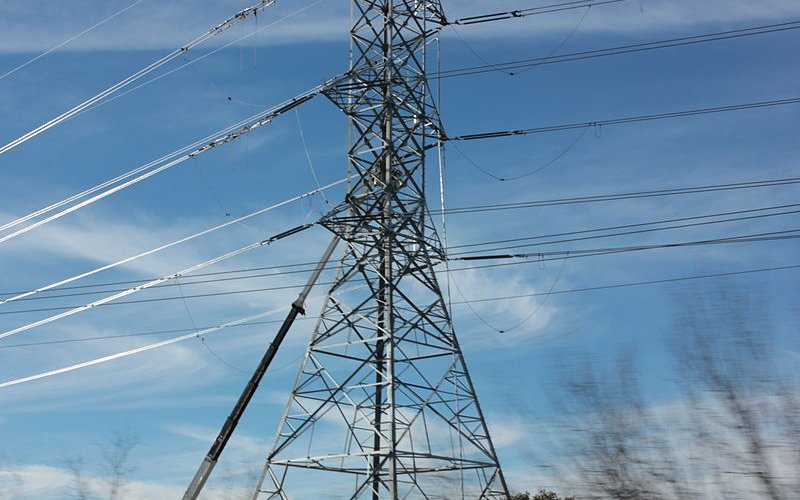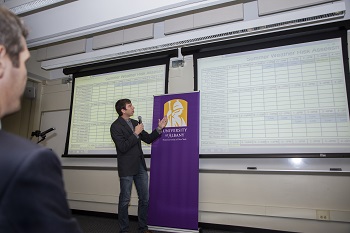In the News: Atmospheric Scientists Discuss the Texas Power Crisis

ALBANY, N.Y. (Feb. 23, 2021) – Last week, an unusual blast of winter weather in Texas caused mass power outages, home damage and food shortages. More than 4.3 million people were left in the dark without heat (some for several days) as state leaders scrambled to fix the electrical grid failures.
UAlbany is home to the largest concentration of atmospheric, climate and environmental researchers, many of whom are creating smart weather-based solutions to help improve forecasting and mitigate the impacts of extreme storms for New Yorkers.
Expert Insight
Nick Bassill, director of research & development at the Center of Excellence in Weather & Climate Analytics, is engaged with both public and private sector partners to help meet their weather needs with the latest meteorological research. Most recently, he partnered with the New York State Research and Development Authority (NYSERDA) to create a new weather forecasting tool that offers real-time predictions on storm outages, electrical load and renewable energy generation for New York utilities.
He discussed the Texas power crisis with the Houston Chronicle, Albany Times Union and CBS 6 – WRGB.

"One of my main drivers is the knowledge that utilities – and energy in general – can improve operations by making better use of available weather data like observing networks and forecasting models,” Basill said. “Understanding situational weather risks can improve planning for a variety of outcomes."
Richard Perez, a senior research associate at the Atmospheric Sciences Research Center (ASRC) is a renewable energy expert focused on the fields of solar radiation, solar energy applications and daylighting.
He and his colleagues published a blueprint for achieving 100 percent clean energy in the United States by 2040, focusing on a cost-effective solution that bridges the gap between production of renewables and customer demand.
Perez was a featured guest on Westwood One’s “Jim Bohannon Show” last Thursday night.
“The leading cause of the blackout was an intense cold snap and surging electrical demand that could not be met by available on-line generation, a perfect recipe,” Perez said. “Renewable resources (chiefly wind in Texas) had very little to do with the core of the problem. Better long term meteorological predictions – week(s) ahead – to bring mothballed generation is critically important for emergency stand-by operation.”




